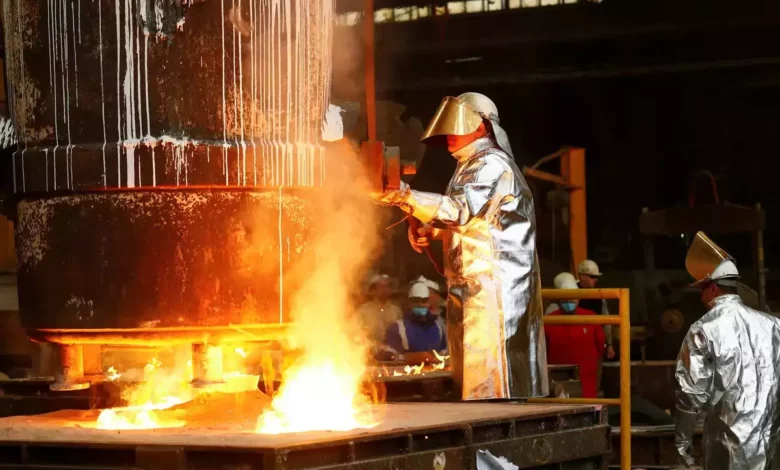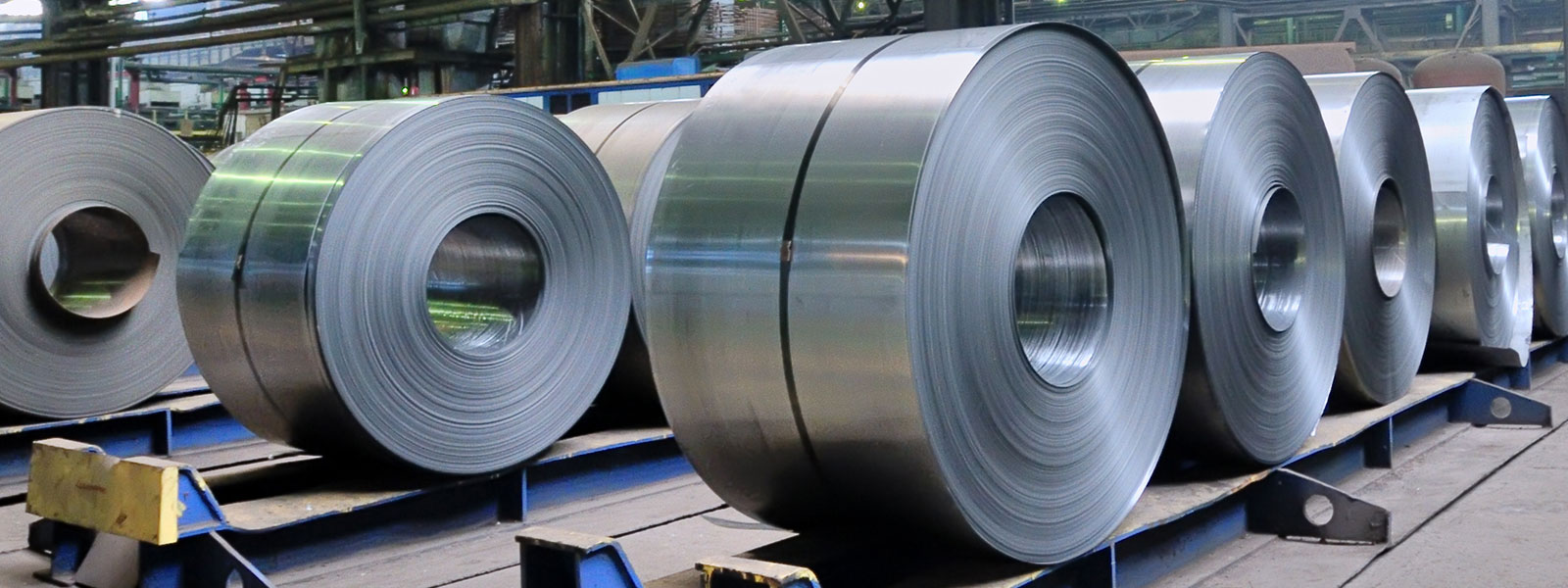A roadmap for catalyzing green steel manufacturing in India by 2030

A roadmap for catalyzing green steel manufacturing in India
India has established an ambitious and doable plan for getting to net zero by 2070, with goals including decreasing the economy’s carbon intensity to around 45% and reducing overall estimated carbon emissions by 1 million tons through 2030.
Evaluating the role of heavy industries, which are essential to advancing the economy but also producing significant amounts of greenhouse emissions, becomes a strategic priority when the country adopts the “panchamitra” or five-fold plan towards decarbonization.
The steel industry is a major participant in the National Hydrogen Mission, and two pilot plants are being built as part of a public-private partnership model to investigate the use of green hydrogen in the production of direct reduced iron (DRI). These pilot plants will also implement cutting-edge clean technologies, build carbon sinks, and improve the quality of raw materials.
In a recent report, NITI Aayog also predicted that by 2030, India will have a capacity of 15-20 million tonnes and serve as the world’s production centre for green steel, paving the path for the worldwide adoption of green steel.
Updating output while reducing the intensity
India, the second-largest producer of crude steel in the world, intends to increase production objectives by more than doubling them to 300 million tons by 2030 and almost tripling them to 500 million tons by 2047 from 120 million tons as of March 2022, which is 18% more than in 2021.
According to the IEA’s Iron and Steel Technology Road Map, the sector currently accounts for one-fifth of the industry’s energy consumption and contributes to about 9% of the nation’s overall greenhouse gas emissions because coking coal, of which 85% is imported, serves as one of the two primary raw materials in the production of steel. Having already reduced its carbon dioxide emissions intensity from 3.1 tonnes/tonne of crude steel (T/TCS) in 2005 to approximately 2.6 tonnes/TCS by 2020 – with over 977 steel plants – the country has outlined its plans to reduce emissions intensity to about 2.4 tonnes/TCS by 2030.
Changing to green steel production

Examining the technology that is now available for producing green steel in more detail would be fascinating. Normally, either an integrated blast furnace/basic oxygen furnace (BF/BOF) or an electric arc furnace (EAF) using coal as a reductant is used to make steel. With the aid of cutting-edge technologies, green hydrogen has created new opportunities for switching to environmentally friendly steel manufacture.
DRI or sponge iron, which is less capital demanding and provides a different method of producing steel than BF/BOF or scrap EAF, has been expanding significantly. To satisfy energy efficiency investments, it also serves as a barrier. The use of natural gas as a reductant, on the other hand, is expanding in several areas that profit from the plentiful availability of natural gas. As a result, there is less demand for coking coal, which also decreases related emissions like carbon dioxide and sulphur oxides. According to recent research, natural gas-based DRI has a 33 to 41% smaller greenhouse gas footprint than coal-based DRI.
The search for new manufacturing routes for “green steel”

Utilizing cutting-edge gas turbine generator (GTG) technology, which may result in an efficiency boost of roughly 10-15%, is one strategy to encourage the production of green steel. Global steel oligopolies are now using GTGs more often to reduce emissions by as much as 70%. To demonstrate their commitment to Scope 3 emissions, Indian steel companies that produce BFG (Blast Furnace Gas) can repurpose and use the nation’s idle gas assets.
Another tactical move is to embrace the use of renewable energy, such as green hydrogen, which may be used to purify carbon and produce iron pellets in place of fossil fuels. The steel sector may reduce its reliance on fossil fuels and lessen its carbon dioxide emissions thanks to India’s emphasis on utilizing renewable energy sources. According to estimates, green hydrogen can aid in reducing blast furnace energy consumption by 15% to 20%.
Encouragement of the blending of grey hydrogen, which is obtained from natural gas, with green hydrogen, which will help greatly reduce overhead costs as well as emissions, is a third and equally important step. As more substantial electrolysis plants join the market, the price of green hydrogen will decrease by up to 60 to 80 per cent, signalling a big change.
India’s steel producers will be able to fulfil their pledge to be green thanks to such innovative techniques that efficiently integrate the advantages of cleaner, renewable energy sources into manufacturing processes.
A four-fold advantage

Manufacturing with green has four benefits: Reduced reliance on coal imports, a growing concern made worse by the rise in coking coal prices, is one goal. Other goals include supporting national initiatives to transition to hydrogen and clean energy, emphasizing their environmental, social, and governance principles, and even taking into account Scope 3 emissions.
Finally, by giving Indian steel producers the chance to enter international markets and spread their expertise, it will strengthen our national edge. In one year (2023), it plans to create its uniform carbon market as a large finance avenue for energy transition projects and emissions reduction, thereby becoming the largest exporter of carbon credits. By utilizing clean sources to transform the country’s steel market, the country will improve its position in the energy value chain. It is real and an opportunity to seize that the combination of renewables, hydrogen and gas can lead to a cleaner future and a greener industry.




